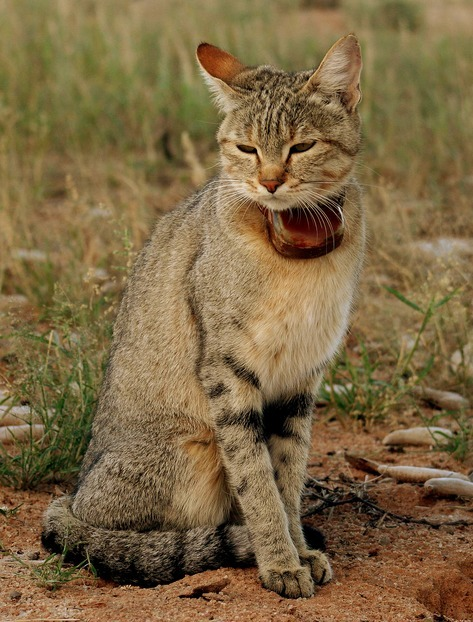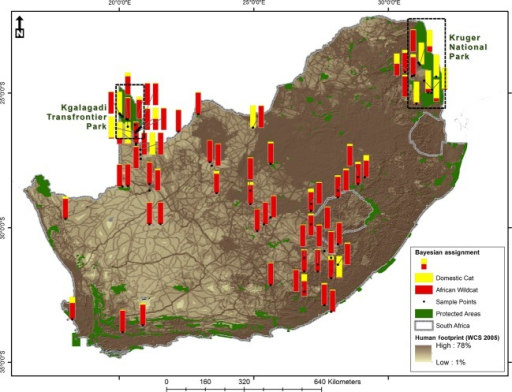Robley, A. (2014) Hattah–Kulkyne Lakes Ramsar Protection Project: predator control and monitoring program. Arthur Rylah Institute for Environmental Research Technical Report Series No. 258. Department of Environment and Primary Industries, Heidelberg, Victoria.
The Hattah–Kulkyne Lakes Predator Management Strategy forms part of the larger Mallee Catchment Management Authority (MCMA) ‘Building Reconnected, Resilient Landscapes and
Communities across the Murray Mallee’ program to be delivered 2013–2018. Within the broader
program are a series of subprojects, with one specifically addressing the issue of systematically
and strategically reducing pest plant and animal infestations in order to protect key ecological
attributes of the Hattah–Kulkyne Lakes Ramsar site.
In order to achieve this the Mallee Catchment Management Authority engaged the Arthur Rylah
Research Institute (ARI) of the Department of Environment and Primary Industries to prepare a
Predator Management Strategy.
The Predator Management Strategy identifies a range of control techniques for Red Foxes (Vulpes
vulpes), with an appraisal of the predicted benefits and limitations of the various techniques. The
strategy also discusses the potential for innovative control techniques to be employed within the
site.
In order to accurately determine whether the predator control program is meeting its objectives, a
monitoring program must measure the responses of both predator populations (i.e. operational
monitoring) and prey populations (i.e. performance monitoring).
The recommended fox control strategy is a two-stage approach. Stage one is the initial knockdown
of the local fox population, and stage two is the sustained management of the lowered fox
population. To assess the effectiveness of the initial knockdown, the strategy recommends a
before-and-after poison baiting comparison in a proportion of the area occupied by foxes. This
approach will also be implemented for the longer-term monitoring of the fox population.
Suggested approaches to monitoring are provided for the monitoring of waterbirds and reptiles
(including freshwater turtles), which are likely to increase in abundance following control of foxes
to low abundance. A detailed monitoring and evaluation plan will be developed to assess the
performance of the fox control program under a separate project.
Increasing water flows into the Hattah–Kulkyne Lake system is likely to result in increased
European Rabbit (Oryctolagus cuniculus)abundance, with increased and sustained vegetation
growth through spring and early summer. With fox control, and thus reduced predation on rabbits,
it is expected that rabbit densities will increase in the Hattah–Kulkyne Lakes study area, with the
potential for subsequent increases in feral cat (Felis catus) populations. It is recommended that a
rabbit control operation be implemented to complement the fox control program.
As there is no legal definition for ‘feral cats’ in Victoria, and no legal large-scale cost-effective
control tools, the strategy recommends the collection of information on the impact that feral cats
are having in the Lakes system so as to inform the use of broad-scale management programs in the
future.






